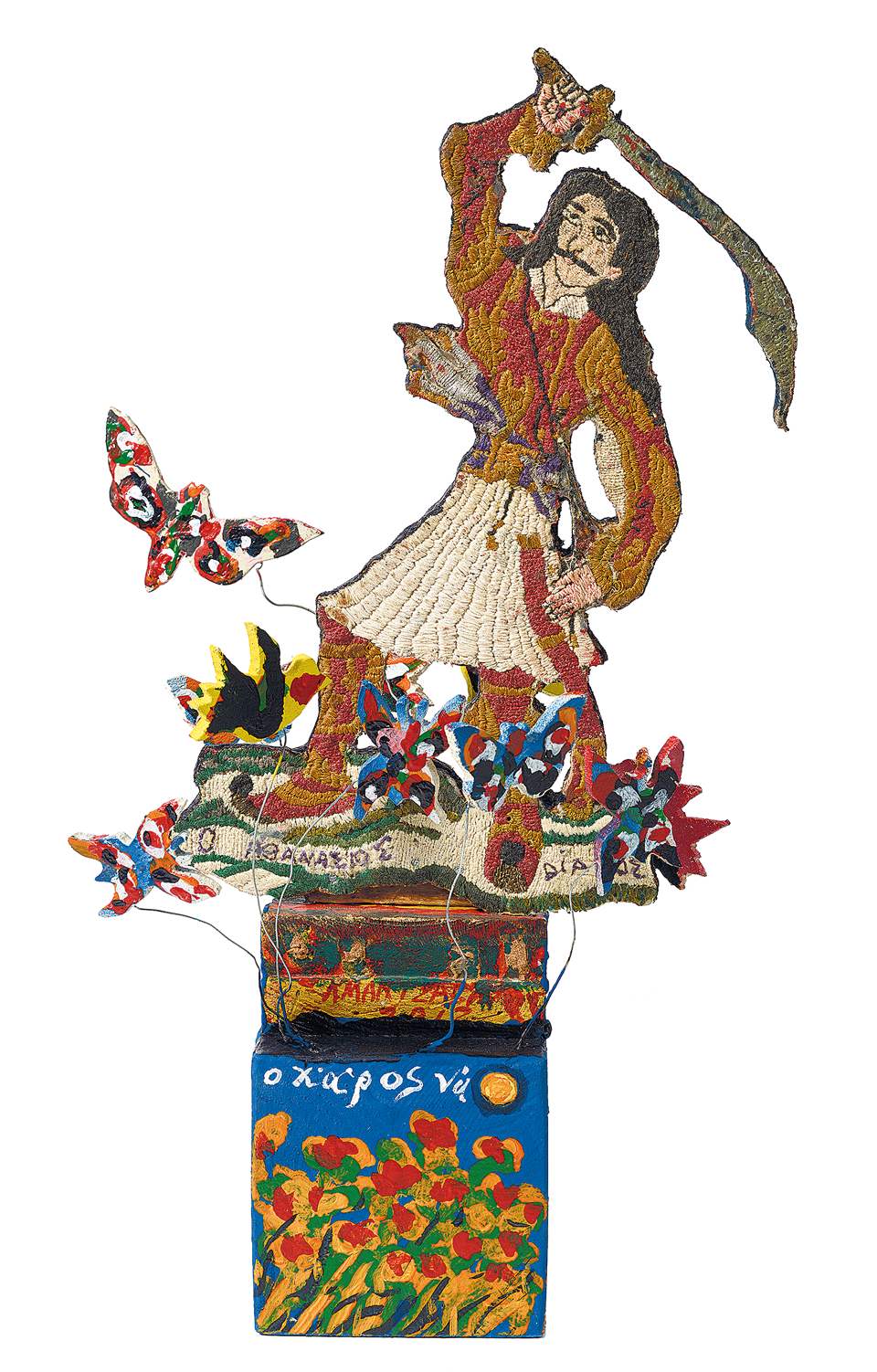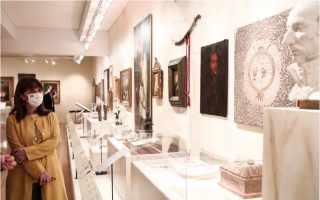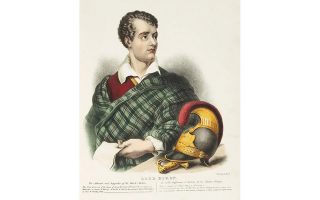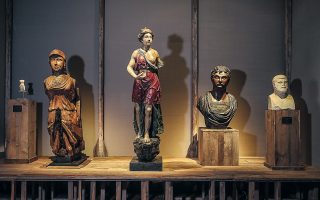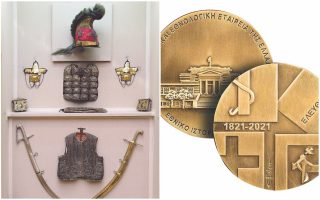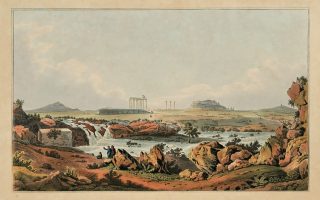The 1821 Revolution before, then and after
Anniversary exhibition at the Benaki casts light on both well- and lesser-known aspects of the Greek War of Independence
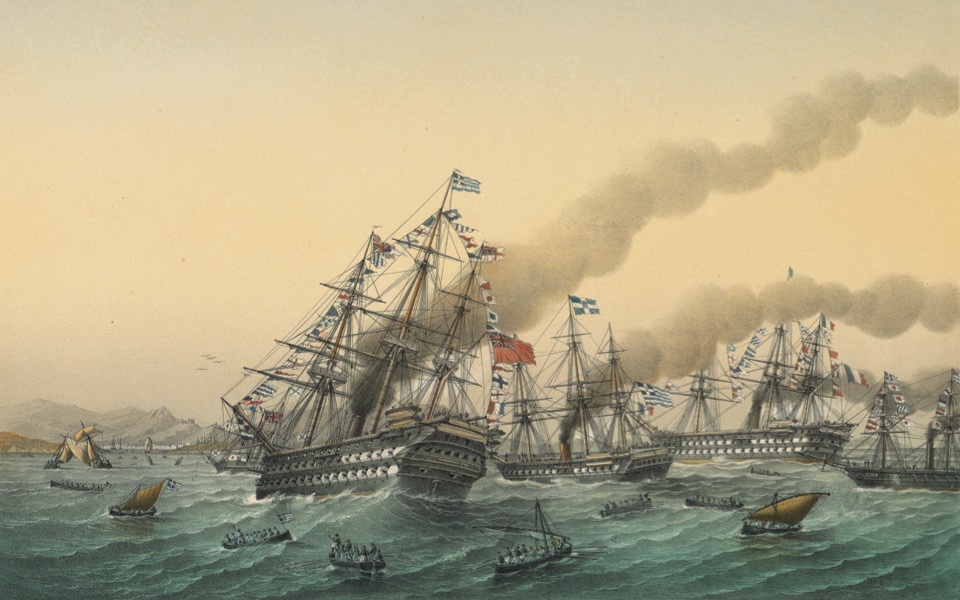
You return to the ground floor with a mind swirling with information, images and musings, thinking that after cramming 60 years of history onto the first floor, there can’t be anymore. But the Benaki’s “1821 Before and After” is a museum in a museum, a show of monumental proportions covering every inch of exhibition space at the institution’s Pireos Street annex.
Centered on the history of the Greek War of Independence, it explores its broader context and ramifications, starting with the Orlov revolt in 1770. It goes on to unfold roughly a century of historical events, military campaigns and developments in culture, the arts, the letters and ideas, thanks to the Benaki’s impressive collection of archival material and art, and generous contributions from three major banks and collectors.
By the time you leave the first floor, the revolution is over, the foundations have been laid for the new Greek state and its first governor has been assassinated. What comes next? The exhibition’s most powerful chapter: The After.
“What do we really know about the period from 1832 to 1880? Very little, in fact: Otto, King George I and Bavarian rule; it is a period we normally take a negative view of. Then our knowledge of history tends to jump to the Balkan Wars. But we can’t get to the 20th century without looking at a historical period that covered three generations and many important milestones,” says historian Tassos Sakellaropoulos, who curated the exhibition with fellow head of the Benaki’s Historical Archive Maria Dimitriadou.
“After” is the third part of the exhibition, and the largest, packed with displays and stretching across a 1,500-square meter hall. It starts with a painting of King Otto’s arrival at Nafplio by Nikolaos Ferekeidis and closes with another painting, Konstantinos Volanakis’ splendid “Inauguration of the Corinth Canal,” capturing the optimism of a new Hellenic identity just before the end of the 19th century.
“The exhibition on the ground floor enchants visitors who admire the oil paintings, excites those who read the written testimonies and challenges those who want to learn more about events they may not know of,” say the curators.
This section, which also also includes rarely shown material, examines a string of important developments in the making of modern Greece, such as its first Parliament and university, the expansion of education, the production of art and the autocephaly of the Church of Greece.
“This is when the Greeks started to share a common belief system. This transpired not just through the stories and myths that survive to the modern day but also through actual experiences,” say the curators. “As the capital, Athens, for example, assumed the role of connecting the glorious ancient past to the city’s European future and also constituted a Western experiment that ultimately shaped a strong modern Greek identity in the public mind.”
The section on Athens – “a capital with its eye on the West but its mind on Constantinople,” as per the two historians – is one of the most evocative in this part of the exhibition. It is, however, preceded by another milestone in the chronology: the mental and psychological divide between the revolution as an event and the revolution as a symbol of national renaissance. It is a shift that is subtly portrayed, without sentimentality, by presenting the demise of the revolution’s leaders beside Nikolaos Gyzis’ “Glory,” segueing to Symbolism. The national ideology as expressed on canvas by the Greek proponents of the Munich School formed the core of the new Greek state and shaped how past events and ideas were conveyed.
“What we essentially want to say with this exhibition is that the revolution gave rise to a modern state,” say the curators.
“We are interested in documenting its institutions and structures because they departed from the bounds of fiction and helped usher the country into the 20th century. Through the exhibits we see the constant flow of a historical process that began with the Greeks’ desire for independence. This yearning was realized through armed revolt, but also through the political initiatives that linked the revolution to Europe. The politics of this period – usually understated yet evidenced by a plethora of institutional documents – continue to this day. Their legacy is inherent in the state we experience every single day, with all its difficulties, of course.”
Another fascinating section concerns the Greeks’ sartorial urbanization and consists of treasures from the collection of costume and set designer Dionysis Fotopoulos. Depictions of how clothing came to symbolize status are indicative of the atmosphere of that time, while more recent art in the same collection echoes the allure of the revolution in the present.
The visit ends with a comment on the influence of 1821 on Greek 20th century art and comprises paintings, engravings and sculptures that revive the legend and take a fresh look at the faces of the liberation movement. The last room is dedicated to music and has just one exhibit: the original score of Nikolaos Mantazros’ “Hymn to Liberty,” penned in 1843.
The contribution of set designers Pavlos Thanopoulos and Natalia Boura was instrumental in giving this massive exhibition, comprising some 1,200 displays, room to breathe and the narrative to flow. The Bank of Greece, National Bank and Alpha Bank are the exhibition’s co-organizers.
“1821 Before and After” is on display through July 11 at the Benaki Museum’s Pireos Street annex (138 Pireos, Thursdays and Sundays from 10 a.m. to 6 p.m. and Fridays and Saturdays from 10 a.m. to 10 p.m.). To book your electronic ticket, visit tickets.benaki.org or call 210.345.3322, daily from 10 a.m. to 6 p.m.
